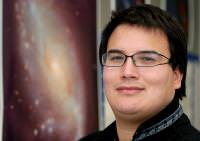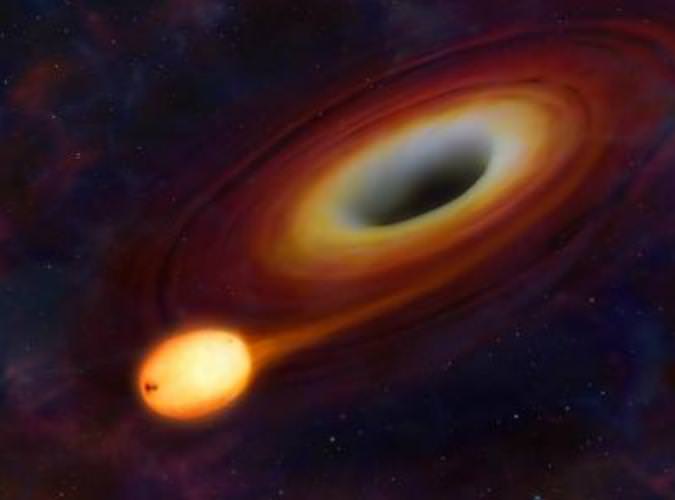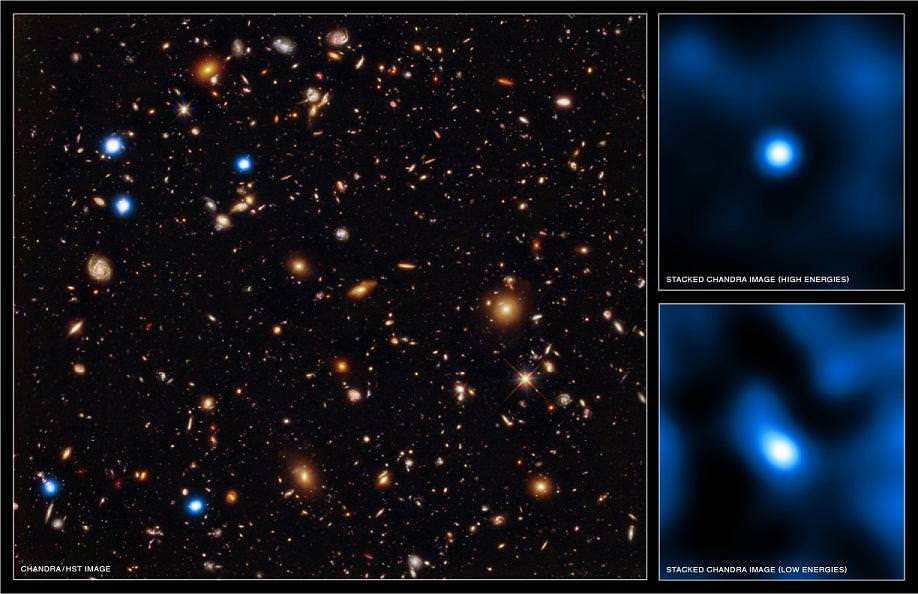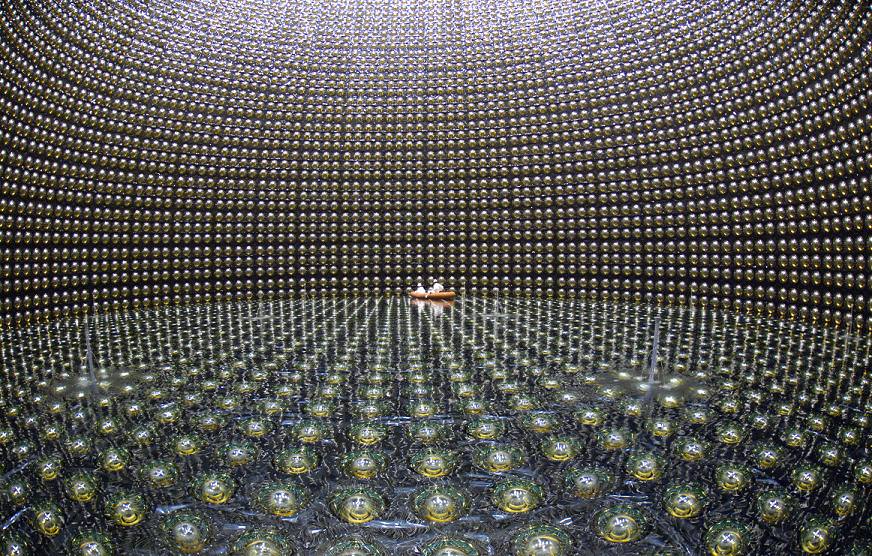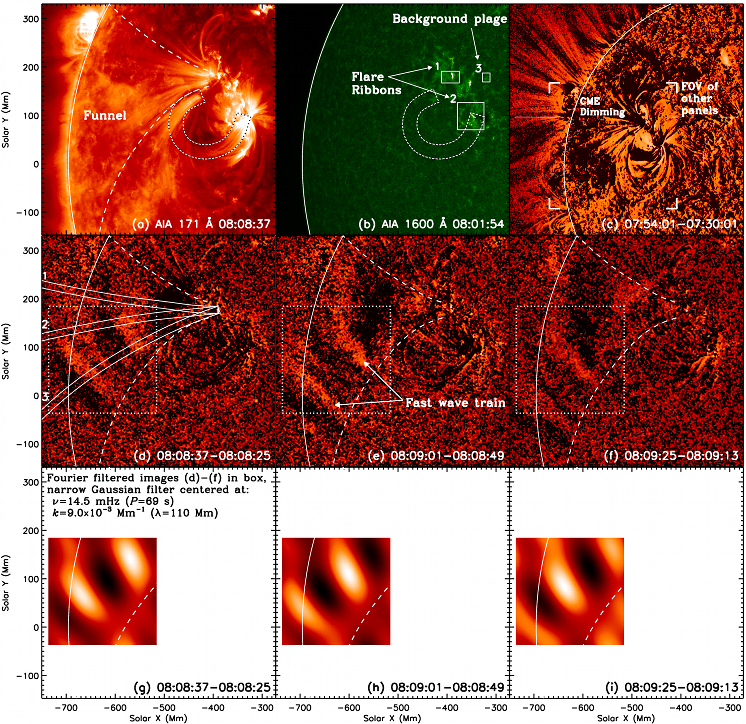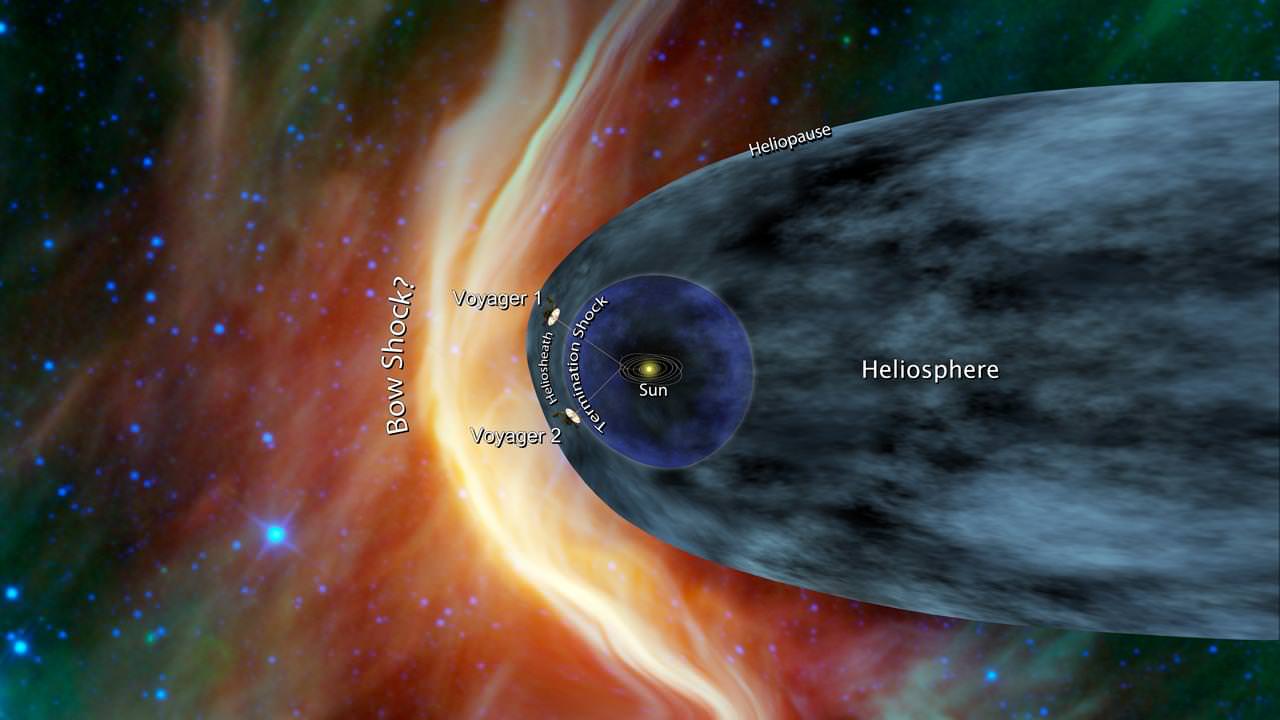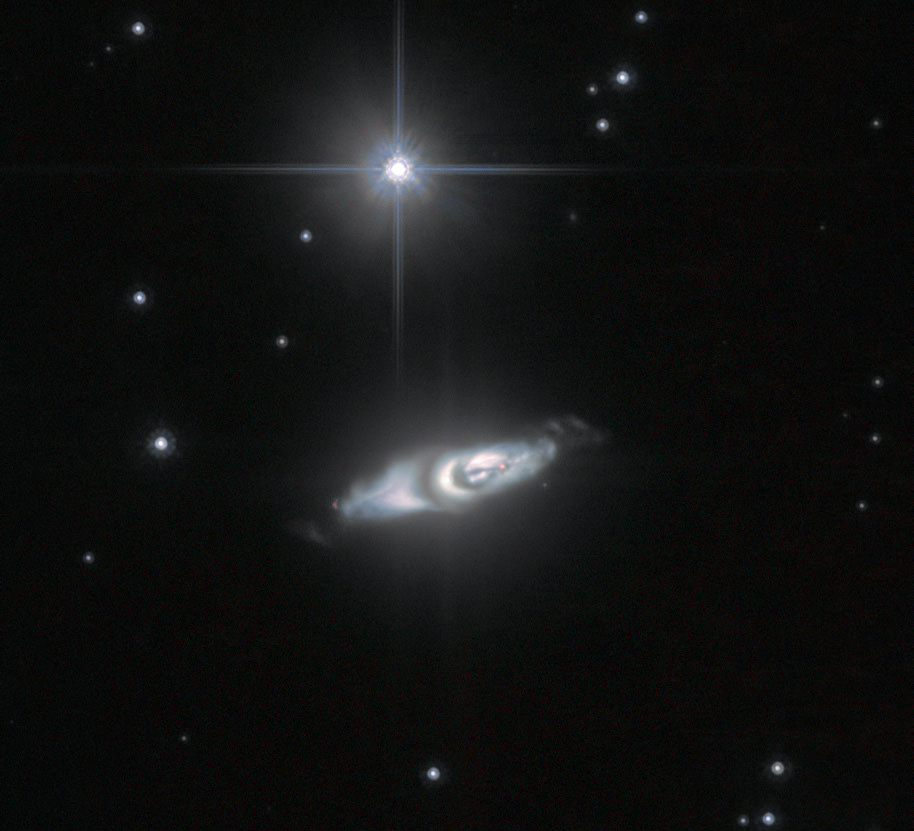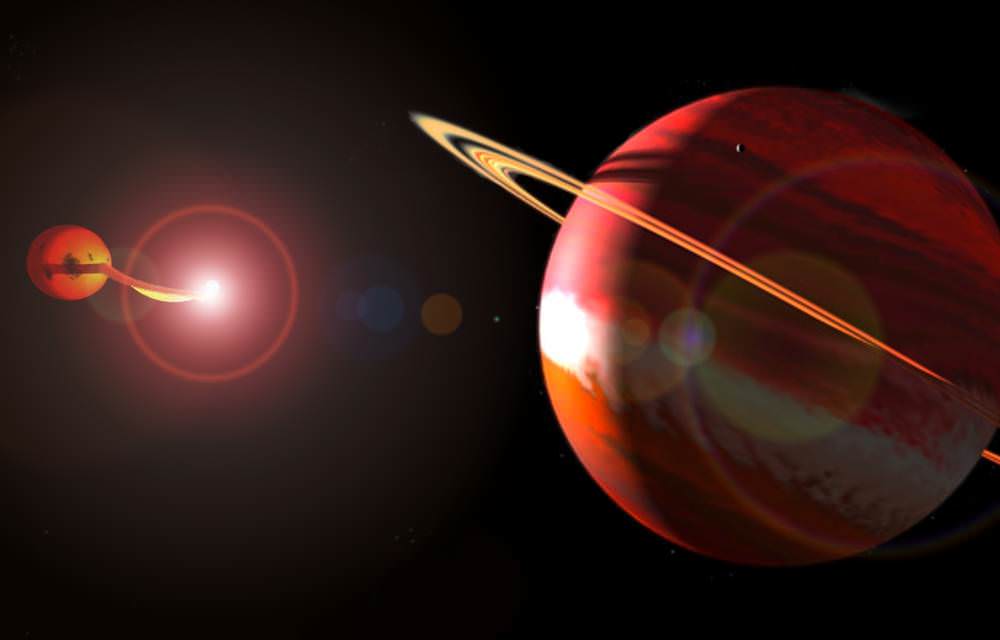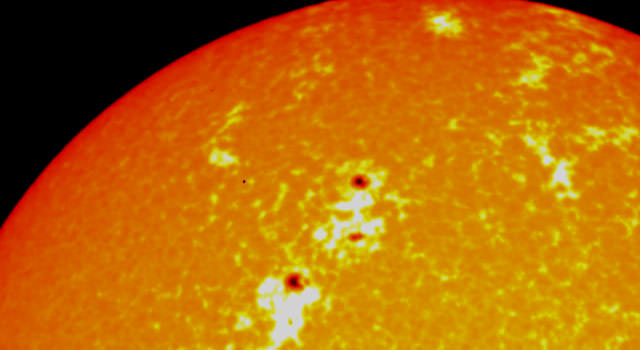[/caption]
Since Galileo’s time, humans have been going essentially blind following sunspots. But, as our technology advanced, our blindness as to solar causes and effects was lifted. Thanks to Edward Maunder’s work in the late 1800s, we began to “see” a bit better as the 11-year sunspot cycle emerged. From earlier observation, the “Maunder Minimum” – a period roughly spanning 1645 to 1715 when sunspots were a rarity – was established and the hypothesis of the Little Ice Age came forward. But no proof exists that solar minimum affects much here on Earth… Or does it?
Modern technology has allowed us to study solar phenomena in ways our predecessors would never have imagined. In 2008, scientists were able to document the solar minimum as one of the most prolonged and weak since the advent of space-based instrumentation. But with our terrestrial blinders off, it didn’t take long to establish the lack of solar activity didn’t correspond with solar magnetism. Quite simply put, auroral activity didn’t decrease proportionately… until 8 months later. A paper in Annales Geophysicae that appeared on May 16, 2011 reports these effects on Earth did in fact reach a minimum – the lowest levels of the century. Solar wind speed along with the strength and direction of the magnetic field seems to have taken a dominant role.
“Historically, the solar minimum is defined by sunspot number,” says space weather scientist Bruce Tsurutani at NASA’s Jet Propulsion Laboratory in Pasadena, Calif., who is first author on the paper. “Based on that, 2008 was identified as the period of solar minimum. But the geomagnetic effects on Earth reached their minimum quite some time later, in 2009. So we decided to look at what caused the geomagnetic minimum.”
Geomagnetic effects are based on the Sun’s power to alter Earth’s magnetic fields. Measured with a magnetometer, these effects usually produce nothing more than auroral activity. But extreme examples could include power grid failures, satellite disruption and more. Understanding our space weather is important and three factors come to bear: the speed of the solar wind, the strength of the interplanetary magnetic field and which direction it is flowing. The team – which also included Walter Gonzalez and Ezequiel Echer of the Brazilian National Institute for Space Research in São José dos Campos, Brazil – examined each of these factors in sequence.
At the onset, the researchers agreed the interplanetary magnetic field was at a low in 2008 and 2009. This was obviously a factor to the geomagnetic minimum, but since effects didn’t decrease in 2008, it couldn’t be the sole reason. To study solar wind speed, the employed NASA’s Advanced Composition Explorer (ACE) and data revealed the speed of the solar wind stayed high during the sunspot minimum. It took a period of time to decay – one that matched the decline in geomagnetic effects. The next step was to determine the cause – and the smoking gun appeared to be coronal holes. Here is where solar wind can burst forth from the center at speeds of 500 miles per second, but slows down when coming from the sides and extends across space.
“Usually, at solar minimum, the coronal holes are at the sun’s poles,” says Giuliana de Toma, a solar scientist at the National Center for Atmospheric Research whose research on this topic helped provide insight for this paper. “Therefore, Earth receives wind from only the edges of these holes, and it’s not very fast. But in 2007 and 2008, the coronal holes were not confined to the poles as normal.”
Coincidental evidence? Not hardly. In 2008 the coronal holes remained at low solar latitudes with their winds pointed directly toward Earth. Not until 2009 did they move toward the Sun’s poles and geomagnetic effects and sightings of the aurora went proportionally along with it. It’s even been theorized coronal holes may be responsible for minimizing the southward direction of the interplanetary magnetic field as well. Such a combination of all factors are setting the stage for geomagnetic minimum, but study is still needed to help understand and predict such phenomena. To do so well, Tsurutani points out, requires focusing on the tight connection between such effects and the complex physics of the sun. “It’s important to understand all of these features better,” he says. “To understand what causes low interplanetary magnetic fields and what causes coronal holes in general. This is all part of the solar cycle. And all part of what causes effects on Earth.”
Original Story Source: JPL News.
